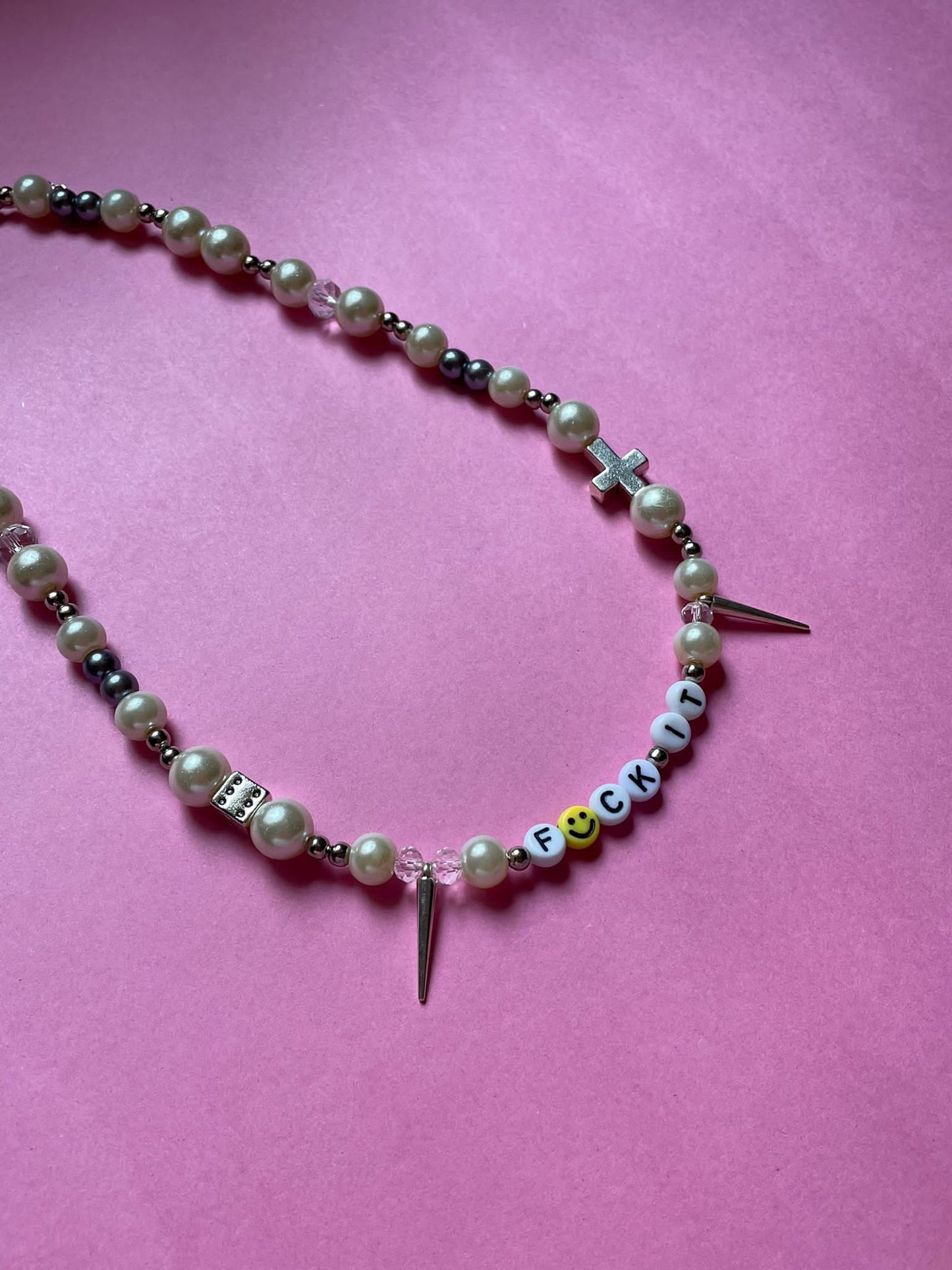The fashion industry has always been quick to embrace innovation, from the sewing machine to e-commerce. Today, the latest wave of technological disruption comes in the form of generative AI. This groundbreaking technology, which uses machine learning to create new content and designs, has caught the attention of designers, brands, and retailers alike. But as the fashion-tech ecosystem expands rapidly, one question lingers: is generative AI the new fashion-tech bubble? While the technology offers significant potential, it also raises concerns about whether its rapid adoption is sustainable or merely a passing trend.
Generative AI’s Rise in Fashion
Generative AI refers to algorithms that can generate new content, from text and images to entire product designs, based on learned patterns. In the fashion world, this technology is being used to create clothing designs, predict trends, enhance customer experiences, and even optimize manufacturing processes. From AI-driven virtual try-ons to fully automated fashion lines, the industry is racing to incorporate these innovations into everyday operations. Fashion brands like Gucci, Prada, and Levi’s have already begun experimenting with AI tools to streamline design and production.
The allure of generative AI lies in its ability to reduce costs, boost efficiency, and enable personalized experiences. AI-generated designs can quickly analyze massive datasets, spot emerging trends, and even suggest product variations, speeding up the design process while reducing reliance on human creativity and intuition.
The Bubble Phenomenon
To understand whether generative AI could become the new fashion-tech bubble, it's important to explore what defines a bubble. Typically, a bubble occurs when a particular sector experiences rapid growth and hype, leading to overvaluation. Eventually, the bubble "bursts" when the technology fails to deliver on its promises or becomes oversaturated, leaving investors and companies grappling with losses.
In the context of fashion-tech, there are signs that AI may be reaching this point. Companies are investing heavily in AI-based tools, with many rushing to adopt the latest innovations without fully understanding the technology’s limitations. This frenzy is reminiscent of previous tech bubbles, like the dot-com boom or even blockchain and NFTs in fashion. The question remains: will generative AI transform fashion sustainably, or is it riding a wave of overhyped expectations?
Potential Benefits of Generative AI in Fashion
-
Design Innovation
Generative AI can push the boundaries of creativity by offering new ways to design garments and accessories. AI-powered tools can analyze past trends, consumer preferences, and market demands to create fresh, innovative designs. This opens the door for both established and emerging designers to explore new forms of artistic expression. -
Sustainability
With the growing demand for sustainable practices, generative AI offers potential solutions by optimizing material use, reducing waste, and enabling more efficient production methods. AI can also predict the demand for certain styles, helping brands avoid overproduction—a critical issue in the fashion industry’s ongoing sustainability challenges. -
Personalization
Generative AI enables hyper-personalization at scale, allowing brands to create customized clothing based on individual preferences and body types. This level of personalization could redefine how fashion is consumed, moving away from mass production to more tailored, unique offerings for consumers. -
Speed and Efficiency
Generative AI can significantly accelerate the design-to-production pipeline. By automating aspects of the design process and reducing reliance on human labor, AI can shorten the time it takes to bring new collections to market. This faster turnaround can keep brands more competitive and responsive to consumer demand.
Challenges and Limitations
While generative AI holds tremendous potential, it also comes with a set of challenges that could lead to overvaluation and ultimately create a bubble.
-
Over-Reliance on Data
Generative AI models rely heavily on past data to predict trends and create designs. This poses a challenge when it comes to true innovation. Fashion thrives on originality and unpredictability—two elements that AI may struggle to replicate. Over-reliance on AI-generated designs could lead to a homogenization of fashion, where everything starts to look the same. -
Ethical Concerns
Generative AI in fashion raises ethical concerns regarding job displacement. As AI takes over design, manufacturing, and customer service roles, many jobs in the fashion industry could be at risk. Additionally, the ownership of AI-generated designs is still a grey area, with questions about intellectual property rights and the role of human creativity. -
Cost and Accessibility
While AI has the potential to reduce costs in the long term, the initial investment in these technologies can be prohibitively high, especially for smaller fashion brands and startups. This could widen the gap between industry giants and independent designers, limiting access to innovation. -
Sustainability of AI Itself
Ironically, while AI can help fashion become more sustainable, the technology itself consumes vast amounts of energy, raising concerns about its environmental footprint. As the fashion industry pushes for greener practices, the sustainability of AI technology will need to be addressed.
Is Generative AI a Bubble?
The fashion-tech space is experiencing rapid growth, and while generative AI shows promise, it’s still too early to determine whether it will be a lasting innovation or part of a bubble. There’s a risk that brands are jumping on the AI bandwagon without fully understanding its complexities, leading to unrealistic expectations and potential disillusionment when the technology fails to deliver at scale.
However, AI has the potential to reshape the fashion landscape in meaningful ways—especially if adopted thoughtfully. The key to avoiding a bubble lies in measured, strategic integration rather than chasing short-term gains. As more brands experiment with AI, the challenge will be to separate the true value of this technology from the hype.
Conclusion
Generative AI holds immense promise for the fashion industry, offering tools that can enhance creativity, efficiency, and sustainability. However, like any rapidly evolving technology, it also poses risks—particularly if companies over-invest based on hype rather than long-term value. While generative AI has the potential to become a permanent fixture in fashion-tech, it must be approached with a balanced understanding of its benefits and limitations to avoid becoming another bubble in the ever-evolving fashion landscape.





